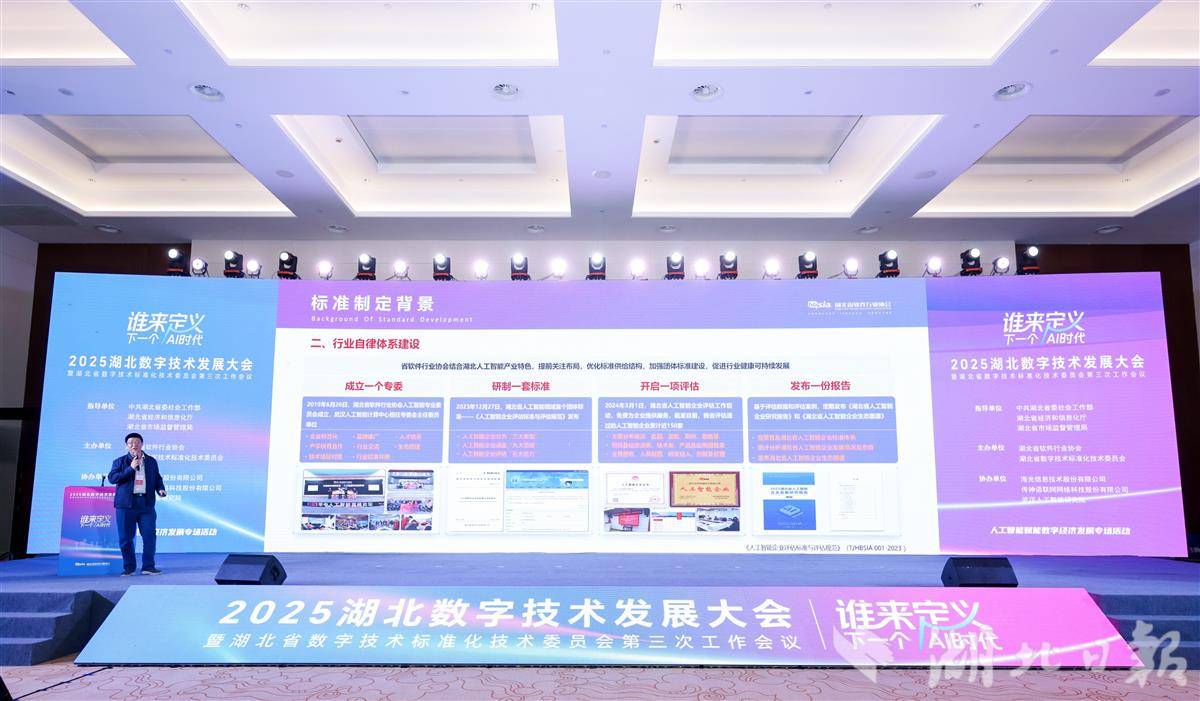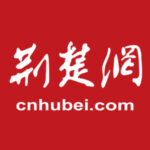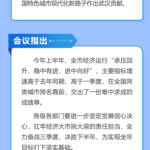On the afternoon of October 21st, the 2025 Hubei Digital Technology Development Conference was held in Wuhan. The “Hubei Province Software and Information Services Industry New Quality Productivity Development Research Report” (hereinafter referred to as the “Report”) and related data were simultaneously released, and the 2024 Hubei “Double Software” (software enterprises, software products) evaluation results were also announced. The report shows that Hubei’s software industry is steadily positioned as “first in central China and among the top nationally.” Building on a business revenue base of 354.696 billion yuan, it is demonstrating a profound transformation from “scale expansion” to “prioritizing both quality and efficiency.”
The report was released by the Hubei Provincial Software Industry Association. The wave of new quality productivity is sweeping across the nation, with digital technologies like artificial intelligence, cloud computing, and blockchain reshaping economic structures. Data indicates that Hubei’s software industry has a solid and dynamic foundation. From January to December 2024, 1,076 large-scale software enterprises in the province achieved software business revenue of 354.696 billion yuan. The industry scale steadily ranks eighth nationally, continuing to lead the central region.
This macro advantage is confirmed by the “Double Software” evaluation: In 2024, 933 enterprises in the province passed the software enterprise evaluation, ranking fifth nationally. Additionally, 979 software products passed evaluation, ranking eighth nationally. Both core indicators firmly hold the top position in central China.
It is worth noting that since its launch in 2016, the Hubei “Double Software” evaluation has cumulatively nurtured over a thousand evaluated software enterprises and over ten thousand evaluated software products, formally entering a new stage of “thousands of enterprises, tens of thousands of products.” This not only marks a leap in industrial scale but also signifies a systematic enhancement in the overall qualifications, innovation capability, and market credibility of Hubei’s software industry, laying a solid foundation for high-quality development.
The report also reveals the coordinated development pattern of Hubei’s software industry characterized by “one core leading, multiple points supporting.” Wuhan, as the absolute core, aggregates 90.14% of the province’s Double Software enterprises (841 enterprises), demonstrating strong siphon and clustering effects. Among these, the East Lake High-tech Zone, as the core bearing area of the “China Software Famous City with Distinctive Features,” hosts 502 Double Software enterprises alone, accounting for nearly 60% of the city’s total, making it the strongest engine driving software innovation across the province. Areas like the Wuhan Economic & Technological Development Zone, Hongshan District, and Wuchang District have formed distinctive clusters in automotive software, artificial intelligence, and digital creativity, respectively, based on their own industrial foundations.
Cities like Xiangyang and Yichang are actively laying out specialized fields such as industrial software and smart cities based on their respective industrial foundations. Xiangyang is deepening its focus on intelligent manufacturing software leveraging its automotive industry base, while Yichang is concentrating on industrial internet solutions centered around traditional advantageous industries like hydropower and chemicals. These efforts form effective complementarity and coordination with the Wuhan core area, jointly building the large spatial framework of Hubei’s software industry.
The report clearly outlines the strong innovation momentum of Hubei’s software industry.
R&D investment is the primary indicator for observing innovation commitment. Over the past five years, the average R&D investment of Hubei software enterprises has steadily increased. Even amid fierce market competition, the R&D investment ratio in 2024 remained at a high level of 12.30%, continuously fueling technological innovation.
The distribution of technology fields shows characteristics of “improving traditional areas” coexisting with “sprinting ahead in emerging areas.” Application software dominates with a 47.16% share, reflecting the deep integration of software technology with market demand. As a typical representative of new quality productivity, the artificial intelligence field has emerged rapidly, accounting for 5.89% of the technology field distribution in 2024, showing significant growth compared to the previous year and demonstrating huge development potential. In terms of intellectual property, although the overall growth rate of software copyright registrations has slowed, it still maintained a year-on-year growth of 8.08%. Particularly in high-precision fields like industrial manufacturing, artificial intelligence, and healthcare, the registration growth rate was higher than the overall level, indicating that innovation is shifting from “casting a wide net” to




